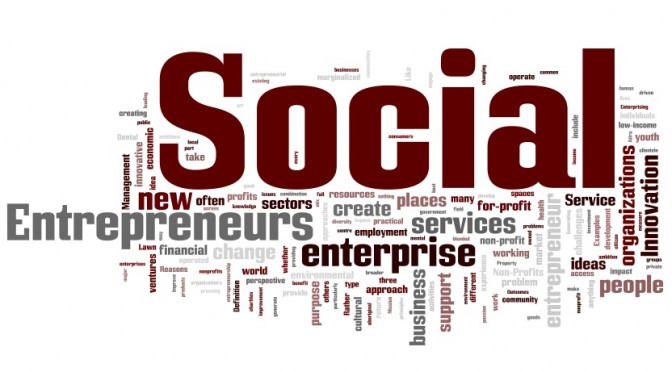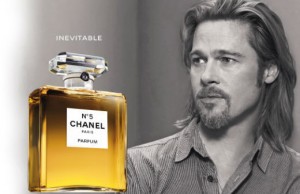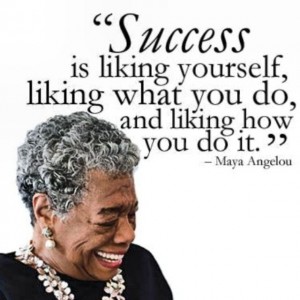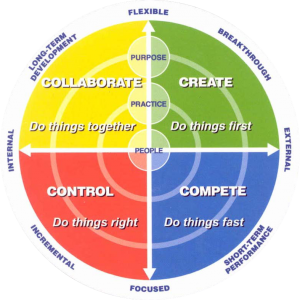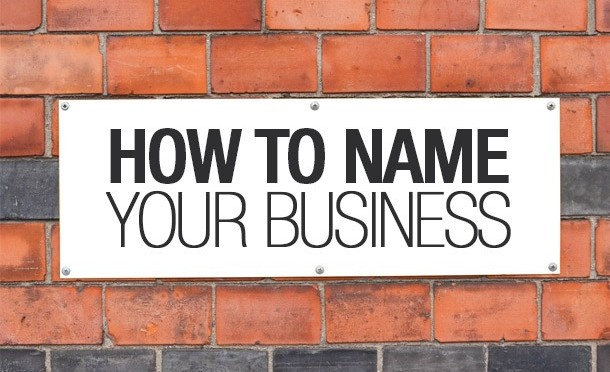FOOD FOR THOUGHTS: If the United Nations was fully funded why would we need the Arc or social enterprise?
There are millions of problems in the growing society all around the world: political, cultural and economical issues occur everyday. United Nations organization is the one that is always there to help in solving such global problems. Fully funded UN would benefit society by effective and operative functioning. But what about small businesses, struggling on their path to success? Who would help them, in such a minor (for a global society) problem? It is important to understand that this “small issues” could interfere economical progress and, consequently, prevent the improvement processes in mankind’s social level.
In this situations Arc and social enterprises hasten to the aid. They have an opportunity to focus on such “inconspicuous” problems, reach more local issues. People who has problems with their businesses should not get only funding help, which could be afforded in case of UN’s full funding.

“Social entrepreneurs are society’s change agents, creators of innovations that disrupt the status quo and transform our world. By identifying the people and programs already bringing positive change, we empower them to extend their reach, deepen their impact and fundamentally improve society.”
Thus, solutions provided my United Nations might not always be sustainable for these petite organizations. Most important, they require proper skills and knowledge to manage company’s performance correctly. These would solve problems in sustainable way and benefit the society at the same time. The reason for that is the social nature of the knowledge presented my Arc and social enterprises.
Thereby, in my opinion, getting rid of social enterprises is unacceptable, even though United Nations could be 100% funded.

